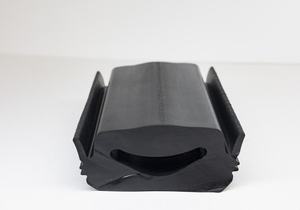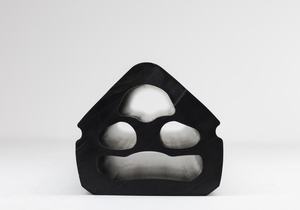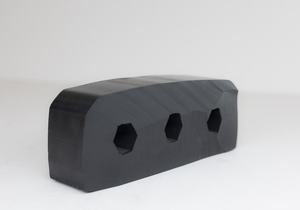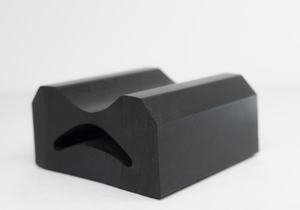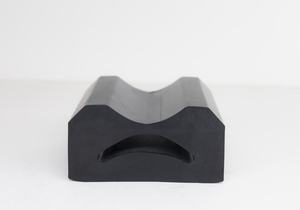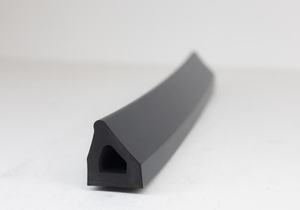Marine and hatch cover seals play a critical role in ensuring the safety, integrity, and efficiency of maritime vessels. These seals are essential components designed to prevent the ingress of water, maintain structural integrity, and protect cargo from the harsh marine environment. With the ever-increasing demands for safety, environmental protection, and operational efficiency in the maritime industry, the importance of high-quality marine and hatch cover seals cannot be overstated.
Marine seals are specifically engineered to withstand the challenging conditions encountered at sea, including extreme temperatures, corrosive saltwater, high pressures, and constant motion. They serve as barriers, effectively sealing the gaps between different structural elements of a ship, such as doors, windows, hatches, and bulkheads. By preventing water intrusion, marine seals help to maintain buoyancy, stability, and overall structural integrity, thereby reducing the risk of accidents, environmental pollution, and cargo damage.
Hatch cover seals, in particular, are critical for maintaining the watertight integrity of cargo holds and preventing the entry of seawater into these spaces. Cargo holds are vulnerable points on a vessel, and properly functioning hatch cover seals are essential for protecting the cargo against moisture, contamination, and deterioration during transit. Additionally, effective hatch cover seals contribute to the overall safety of the vessel by reducing the risk of flooding, which can compromise stability and lead to catastrophic incidents at sea.
The design and materials used in marine and hatch cover seals are carefully selected to meet stringent performance requirements. These seals are typically made from durable, weather-resistant materials such as rubber, neoprene, silicone, or various synthetic polymers. The choice of material depends on factors such as application, operating conditions, temperature range, and compatibility with other ship components. Advanced sealing technologies, including compression seals, inflatable seals, and mechanical seals, are employed to ensure a reliable and watertight seal under varying conditions.
Proper installation, maintenance, and inspection of marine and hatch cover seals are essential to their effectiveness and longevity. Regular inspection and servicing help to identify signs of wear, damage, or degradation, allowing for timely repairs or replacement to prevent seal failure. Additionally, proactive measures such as lubrication, adjustment, and corrosion protection can extend the service life of seals and minimize the risk of unexpected failures during operation.
In summary, marine and hatch cover gaskets are indispensable components of maritime vessels, serving vital functions in ensuring safety, environmental protection, and operational efficiency. By effectively sealing critical areas and preventing water ingress, these seals contribute to the overall reliability, performance, and sustainability of the global maritime industry. As technology advances and regulations evolve, the demand for innovative and high-performance marine seal solutions continues to grow, driving ongoing research, development, and improvement in this essential sector of maritime engineering.
